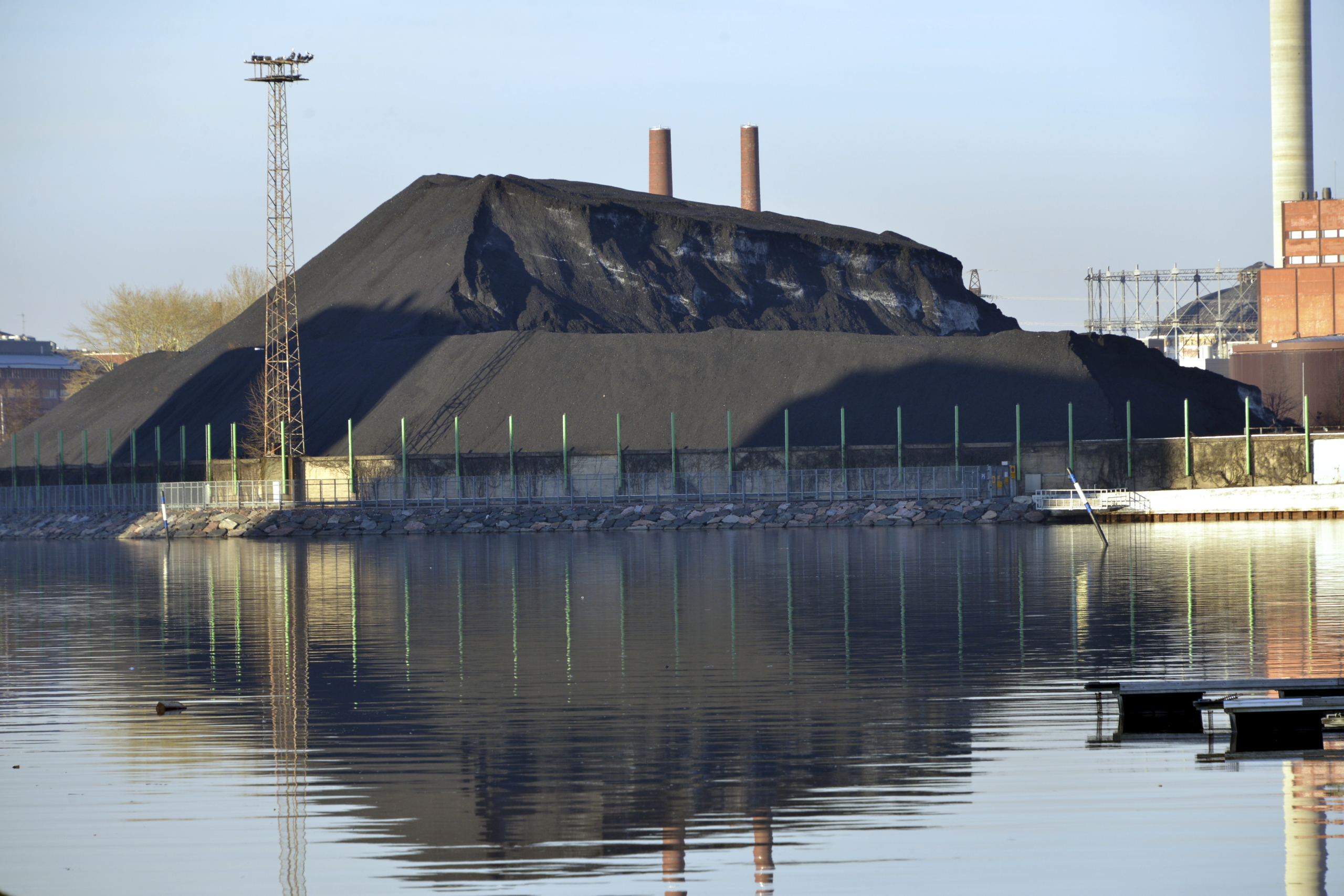The author, Timo Tyrväinen, is a Doctor of Political Science and a Senior Adviser at Aktia Bank timo.tyrvainen@aktia.fi
International climate conventions have been a recurring disappointment. With no climate agreement reached, it has felt as though the entire mitigation process has come to a halt. However, many of us have been amazed at the force and speed with which attitudes and practices have been changing over the last few years. This is a silent change, spurred on by new knowledge and by new technologies.
Published last autumn, the New Climate Economy report (NCE) is having an impact on the climate debate all over the world. According to the report, the next 15 years will be critical in determining whether emissions can be limited enough to achieve the global target of preventing temperatures from rising by more than two degrees. On a global scale, massive infrastructure investments will be made during this period in urbanisation, land use and energy systems. If these investments are implemented in the right way, we will preserve the chances for success in climate change mitigation. Policymakers should therefore maintain a particular focus on the sustainability of future investments.
Policymakers and the private sector have shied away from climate change mitigation because “it is so expensive”. However, if this idea ever had its day, today it has no ground and cost can definitely not be considered an obstacle to climate change mitigation. Four years ago, solar power was seven times more expensive than coal-based energy. The gap has narrowed since then and Deutsche Bank forecasts that it will close as early as next year. Meanwhile, new types of batteries with greater capacity to store solar power are entering the market. Technologies related to other alternative energy sources are also developing in leaps and bounds.
According to the latest data, calculations on storm damage, floods, droughts and other natural catastrophes massively underestimate the impact of climate change on well-being. It is estimated that China loses as much as 10% of its GNP due to health problems and the higher mortality rate caused by air pollution. The Chinese government has already reacted to this. In December, it signed an agreement with the USA, whereby for the first time China made a public commitment to reduce its greenhouse gas emissions. This may represent a historic step towards an international climate agreement during the period leading up to this December’s Paris climate change conference.
A British think tank, Carbon Tracker, published the following calculation just over a year ago. Scientific climate models were used to calculate the emission levels which the atmosphere can absorb before the maximum temperature rise of two degrees above pre-industrial levels is exceeded. Then, the emissions that would arise from burning all known fossil fuel reserves were calculated. The conclusion was that 70 to 75% of all known reserves would be left in the ground. The mechanism through which this would materialise rises from the grim reality of climate change.
The sooner policymakers understand the economic and well-being losses that climate change involves, the faster a sufficiently high price will be determined for carbon dioxide emissions. This price must be such that it reduces the financial viability of fossil fuels and ends their use in the longer run.
Coal is the greatest pollutant, followed by oil and, a considerable way behind, natural gas. The leading climate experts behind the New Climate Economy report consider nuclear power a necessary interim solution, without which decoupling from fossil fuels will not be possible quickly enough.
Climate change was made newsworthy by well-informed citizens and concerned scientists. The issue is now making it onto the agendas of an increasing number of companies. Investors are also beginning to develop a growing interest in climate change and its mitigation.
Has a realistic evaluation of the energy reserves been priced into the share values of power companies? If most reserves are to be left unburned, does this imply that a “carbon bubble” is waiting to burst? When and how will a feasible price be set for carbon dioxide emissions?
As a reaction to the calculations made by the Carbon Tracker initiative, a year ago Shell released a report designed for its investors in which it admitted the probability that regulations covering the fossil fuel sector will be tightened before long. This notion has begun to gain ground since then. For example, Saudi Arabia’s policy, which has led to a decline in crude oil prices, helps it to take market share from more expensive oil-producing countries, and may reflect a strategy of deriving the utmost benefit from its oil reserves while this is still possible.
Political pressure to halt climate change will intensify as evidence mounts of the impacts of rising temperatures on global well-being. Investor behaviour has also reflected the reconsidered expectations of the process that lies ahead. In recent months, several pension funds and funds in general have announced that they will reduce the carbon risk in their investment portfolios. This is a fact that listed companies cannot ignore. At the same time, the pressure is exacerbated by the increased role of social media. Reputation is an invaluable asset forcing companies to take an interest in low-carbon technologies and to expect the same of their partners.
An example of the quiet changes occurring can be seen in the establishment of the Climate Leadership Council (CLC) in Finland just over a year ago. The founding members included a group of leading Finnish companies and Sitra. Member companies are united by the serious approach they take to climate change and the related challenges. Although many business leaders are clearly motivated by ethical considerations, CEOs must convince the shareholders. Owners need to see a reduction in the risks faced by the company, as it prepares in advance for the forthcoming challenges of facing and controlling climate change.
Many veteran campaigners against climate change may wonder at the private sector’s apparent volte-face on the issue. However, there is no doubt that an increasing number of companies consider low-carbon technology to be a competitive advantage. This may be just what is needed for climate change mitigation to succeed.
The article is based on a presentation made at a meeting of the Board of Directors of the Climate Leadership Council held in December 2014.




Recommended